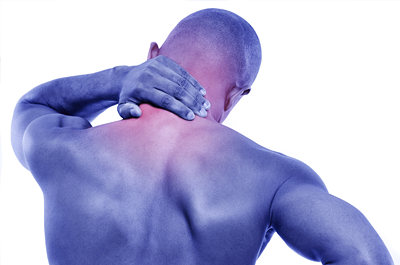Antipsychotics May Help Patients Experiencing Pain
Abstract
While many antidepressants and anticonvulsants have been used extensively in pain management, atypical antipsychotics deserve more research to explore their potential effectiveness.
With the growing medical and social challenges associated with prescription opioid addiction and overdose, physicians need more safe and effective options to treat pain.

Tricyclic antidepressants and anticonvulsants have a long history of being used in pain management, particularly for neuropathic pain. Newer antidepressants that act on the norepinephrine transmission system, such as duloxetine and milnacipran, are approved by the Food and Drug Administration for conditions including fibromyalgia and migraine. Anticonvulsants, which are also used to treat bipolar disorder, are widely prescribed for various types of neuropathic pain. Other medications with similar mechanisms of action have often been used by pain specialists off label.
A systematic review of the medical literature now suggests that some atypical antipsychotics may also be able to help patients experiencing pain. The review was conducted by Xavier Jimenez, M.D., M.A., of Cleveland Clinic’s Center for Neurological Restoration. Jimenez presented this research as a poster at the 2016 Annual Meeting of the American Academy of Pain Medicine.
Selected Antidepressants and Anticonvulsants with FDA-Approved Pain Indications
Duloxetine: Diabetic peripheral neuropathic pain, fibromyalgia, chronic musculoskeletal pain
Milnacipran: Fibromyalgia
Gabapentin: Postherpetic neuralgia
Divalproex sodium: Migraine headaches
Carbamazepine: Trigeminal neuralgia
Topiramate: Migraine
Pregabalin: Neuropathic pain associated with diabetic peripheral neuropathy, postherpetic neuralgia, fibromyalgia, and neuropathic pain associated with spinal cord injury
The evidence was sparse and inconsistent for most atypical antipsychotics, but the strongest for olanzapine. Jimenez identified 10 clinical studies, ranging from case reports to a randomized, controlled trial that found olanzapine to be effective in treating different types of pain, including headache and cancer pain.
“Pain is an experience processed in the central nervous system. … Atypical antipsychotics affect not only the dopamine system but many neurotransmitters and receptors, [and their] diverse actions are likely modulating the processing of pain,” Jimenez, a psychiatrist with training in psychosomatic medicine, told Psychiatric News.
Neurological research has shown that the central nervous system of patients with chronic pain is overly sensitized when processing pain signals from the peripheral nerves. The direct effects of antipsychotics on histamine and noradrenergic signaling pathways and indirect effects on glutamate, an excitatory neurotransmitter, may alter this oversensitization and decrease the abnormally high excitatory state of the nervous system, Jimenez noted.
According to Jimenez, antipsychotics have been used occasionally for different types of pain, such as chronic refractory pain and severe acute pain, and in palliative care.
“Based on my own experience [in clinical practice], the doses needed to treat pain are lower [than for psychiatric indications] … and for a shorter period,” Jimenez said. This may somewhat alleviate concerns about the metabolic effects of atypical antipsychotics, but he nevertheless recommended careful monitoring for side effects.
Managing a patient’s pain involves more than medications, he added.
Successful pain management “requires physical therapy, medications, and psychological and social interventions, including family therapy and psychotherapy.” ■



